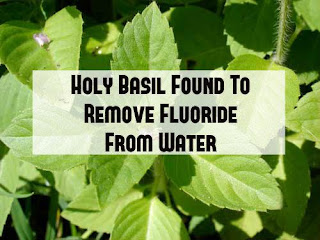After 30 years of delay, the Environmental Protection Agency finally decides to regulate water pollution from power plants.
A lot has changed in 30 years, but one thing has stayed the same: The Environmental Protection Agency (EPA) has allowed power plants to dump just as many toxic pollutants in the nation’s waterways as they did in 1982.
Well, until now, that is.
The EPA announced late last week that it would be updating its pollution guidelines for steam electric power plants for the first time in 30 years, a move that will reduce pollutants like mercury, arsenic, lead, and selenium in American lakes and rivers by as much as 2.6 billion pounds.
When the regulations proposed by the EPA are finalized, they will affect the nation’s 1,200 steam electric power plants that generate electricity using nuclear fuel or fossil fuels like coal, oil, and natural gas.
“America’s waterways are vital to the health and well-being of our communities,” acting EPA administrator Bob Perciasepe wrote in a press release. “Reducing the pollution of our waters through effective but flexible controls such as we are proposing today is a win-win for our public health and our economic vitality."
“America’s waterways are vital to the health and well-being of our communities,” acting EPA administrator Bob Perciasepe wrote in a press release. “Reducing the pollution of our waters through effective but flexible controls such as we are proposing today is a win-win for our public health and our economic vitality."
Waste discharged from power plants accounts for more than half of all toxic pollutants released into American waterways, damaging 23,000 miles of rivers and streams. And this “effluent” is not benign.
High levels of exposure to pollutants like lead, mercury, and arsenic have been linked to neurological damage and cancer as well as damage to the circulatory system, kidneys, and liver, according to the EPA. Toxic heavy metals have also been known to cause harm to aquatic wildlife, including massive fish deaths.
In 2010, a coalition of environmental organizations, including Earthjustice and Clean Water Action, sued the EPA to address the outdated regulations. That same coalition applauded the EPA’s initial proposal to reduce pollutants, which included five regulatory options that use “affordable, available” technologies to clean up toxic wastewater coming from power plants.
But the groups maintained that only two of the five regulatory would successfully prevent toxic water. The other options would allow industry to continue to dump pollutants into “unlined pits,” or would regulate just one of the two kinds of ash released when coal is burned in boilers that generate steam to generate power.
“We would like to see the strongest iteration of the rules as possible to make sure that the least amount of pollutants enter our waterways,” says Sandra Diaz, North Carolina campaign coordinator for Appalachian Voices, a regional environmental organization that is part of the coalition of groups advocating for regulatory changes. “A recent EPA report found that 50 percent of our waterways are impaired for various reasons, and the EPA has estimated that 50 percent of that is due to power plant pollution. This is the largest single factor in terms of water pollution in the country.”
Diaz says communities in her home state of North Carolina have felt the impacts of power plant pollution.
A recent study conducted by Duke University researchers found high levels of arsenic in North Carolina bodies of water located downstream from coal-fired power plants.
In Mountain Island Lake, which supplies drinking water for the city of Charlotte, the Duke team identified samples from lake sediment that contained up to 250 parts per billion of arsenic, which is 25 times higher than current EPA standards for safe drinking water.
“In extreme drought conditions that arsenic from the lake sediment could uptake into the water column, and could create a huge spike in arsenic in the drinking water supply for much of the Charlotte area,” Diaz tells TakePart. “This has frightening implications for folks who are drinking the water or swimming in it. We can stop that by issuing some strong rules.”
The EPA will likely publish these the draft rules in the federal register in the next few weeks. Once they are published, the clock will start on a 60-day comment period, during which the public can weigh in about the proposed regulations through regulations.gov or the Appalachian Voices website, before the EPA takes final action.
Any new regulatory requirements for power plants would be phased in between 2017 and 2022.
Source: http://www.takepart.com/article/2013/04/23/environmental-protection-agency-regulates-water-pollution-power-plants?cmpid=nb-fb

